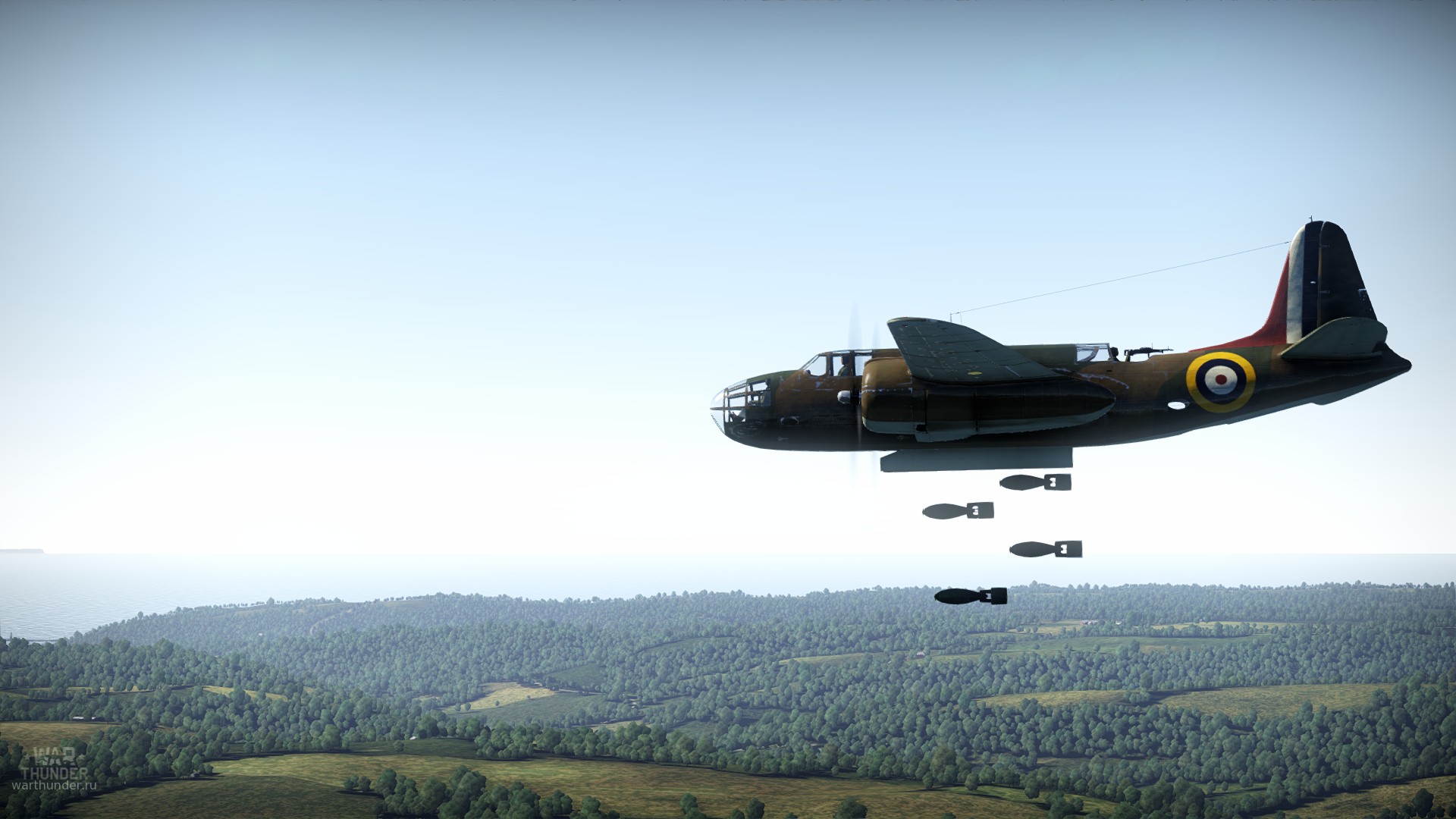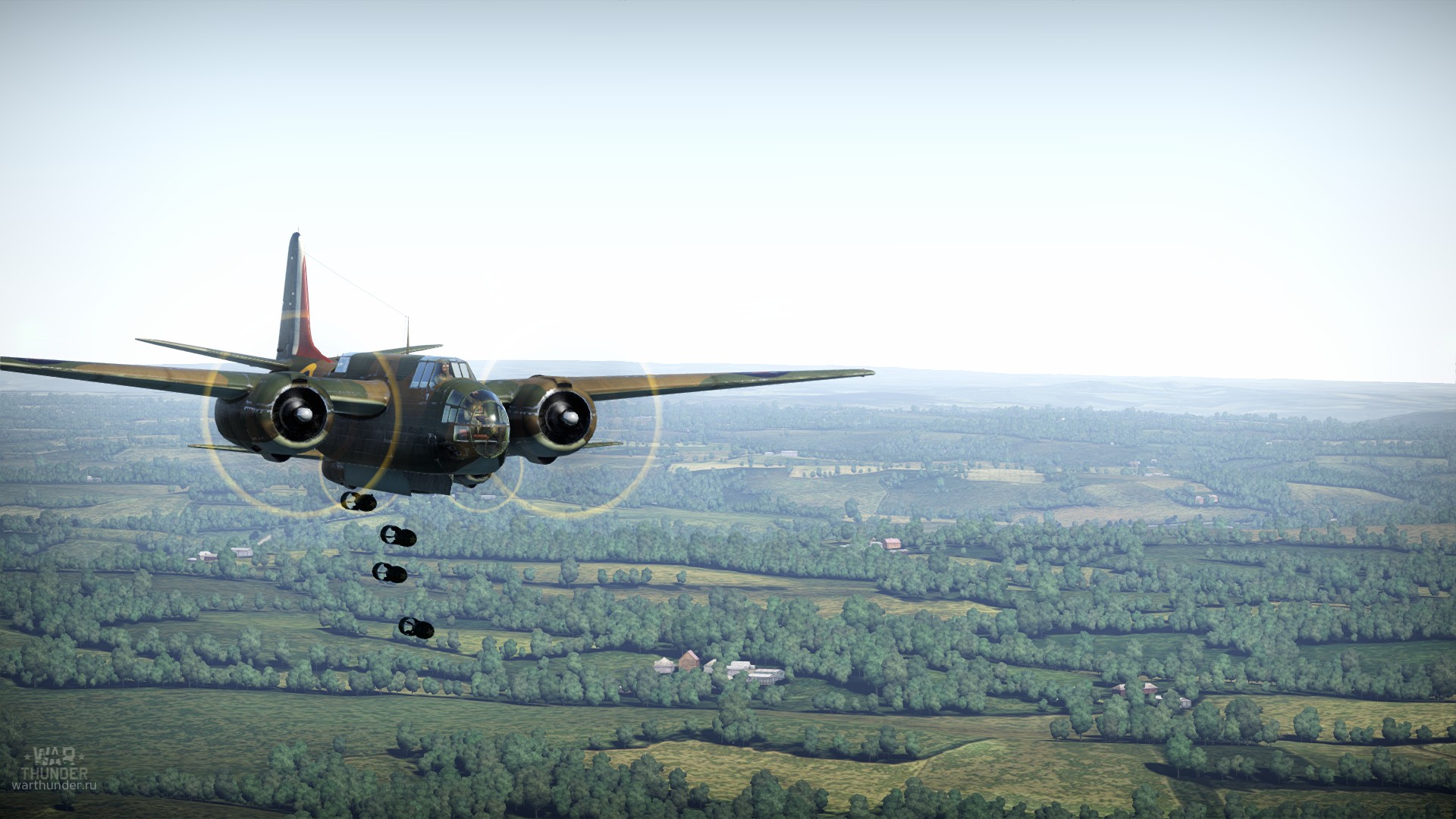
- For PC
- For MAC
- For Linux
- OS: Windows 10 (64 bit)
- Processor: Dual-Core 2.2 GHz
- Memory: 4GB
- Video Card: DirectX 11 level video card: AMD Radeon 77XX / NVIDIA GeForce GTX 660. The minimum supported resolution for the game is 720p.
- Network: Broadband Internet connection
- Hard Drive: 23.1 GB (Minimal client)
- OS: Windows 10/11 (64 bit)
- Processor: Intel Core i5 or Ryzen 5 3600 and better
- Memory: 16 GB and more
- Video Card: DirectX 11 level video card or higher and drivers: Nvidia GeForce 1060 and higher, Radeon RX 570 and higher
- Network: Broadband Internet connection
- Hard Drive: 75.9 GB (Full client)
- OS: Mac OS Big Sur 11.0 or newer
- Processor: Core i5, minimum 2.2GHz (Intel Xeon is not supported)
- Memory: 6 GB
- Video Card: Intel Iris Pro 5200 (Mac), or analog from AMD/Nvidia for Mac. Minimum supported resolution for the game is 720p with Metal support.
- Network: Broadband Internet connection
- Hard Drive: 22.1 GB (Minimal client)
- OS: Mac OS Big Sur 11.0 or newer
- Processor: Core i7 (Intel Xeon is not supported)
- Memory: 8 GB
- Video Card: Radeon Vega II or higher with Metal support.
- Network: Broadband Internet connection
- Hard Drive: 62.2 GB (Full client)
- OS: Most modern 64bit Linux distributions
- Processor: Dual-Core 2.4 GHz
- Memory: 4 GB
- Video Card: NVIDIA 660 with latest proprietary drivers (not older than 6 months) / similar AMD with latest proprietary drivers (not older than 6 months; the minimum supported resolution for the game is 720p) with Vulkan support.
- Network: Broadband Internet connection
- Hard Drive: 22.1 GB (Minimal client)
- OS: Ubuntu 20.04 64bit
- Processor: Intel Core i7
- Memory: 16 GB
- Video Card: NVIDIA 1060 with latest proprietary drivers (not older than 6 months) / similar AMD (Radeon RX 570) with latest proprietary drivers (not older than 6 months) with Vulkan support.
- Network: Broadband Internet connection
- Hard Drive: 62.2 GB (Full client)
Special premium aircraft Boston Mk.I will be available for purchase only for 1 day: from January 23rd 15:00 GMT to January 24th 15:00 GMT. Don't miss your chance to get an exclusive plane !
In the late 1930’s, leading European countries sought to design ground attack aircraft to support ground troops. They wanted to create an aircraft that was capable of acting both as a light and fast bomber, and also of providing armaments that were capable of combating a range of enemy infantry and unarmored targets. The US Army Air Corps had also requested an aircraft suitable for these roles. Proposals from the design team, headed by prominent aircraft designers Donald Douglas, Jack Northrop, and Ed Heinemann, won little attention from the army authorities, but had been advocated by the French Purchasing Commission visiting the United States.
Project ‘DB-7 twin-engine attacker’ by the Douglas Aircraft Company quickly finished the required tests, and acquired a contract for 100 units to be shipped to France on February 1939. French authorities then soon requested to increase the engine power, and placed an order for another 170 units. Disassembled in sections, the DB-7s had been shipped both to France and North Africa to assemble and serve French Air Forces; but the Great War came.
At the moment of German invasion into France, only 64 planes were combat ready, with the first sortie of 12 attackers being sent to bomb the German columns in May 1940. France was defeated in two months, and the surviving DB-7s passed to the Vichy government, which was now in collaboration with the Nazis. The Douglas Aircraft Company then revoked the contract with France, but the assembling of the DB-7 continued - the original contract with the French was then re-assigned to aid Great Britain. The first twin-engine heavies arrived to the British Isles in August 1940 under the designation of Boston. British pilots were pleased with the easy controls and maneuverability of the aircraft. The multi-purposed profile of the DB-7 allowed usage as a fast and agile medium or light bomber, as well as an effective night fighter (this version was nicknamed “Havoc”). When the original contract with the Douglas Aircraft Company was completed, units continued to arrive in Great Britain - this time under a Lend-Lease agreement. The aircraft were given the American designation A-20 but British nickname remained - now the aircraft was known as A-20 Havoc.
The Americans used the A-20 as medium bombers in the Pacific theatre on a reasonably large scale. The first combat operation involving Havocs took place in the late Aug 1942, when fast bombers engaged against Japanese positions on the island of New Guinea. By the end of Pacific campaign several hundreds of A-20 Havocs were operating in the region.
Red stars dotted the wings of the A-20 on the Eastern front, as the Soviet union used the aircraft in force. Allied Lend-Lease aid programs delivered approximately 3 000 units of the A-20 Havoc to the Soviet Union. Operated on mid- and long distances as a light and medium bomber, and even torpedo bomber, the A-20 served well to defeat nazis and remained an adored and respected aircraft to Russian Pilots and crews.
There were a total of 7,478 DB-7/A-20s built by the end of production. During its combat history, A-20 bore the insignias of the United States, Soviet Union, Great Britain, France, Canada, Australia and New Zealand.





